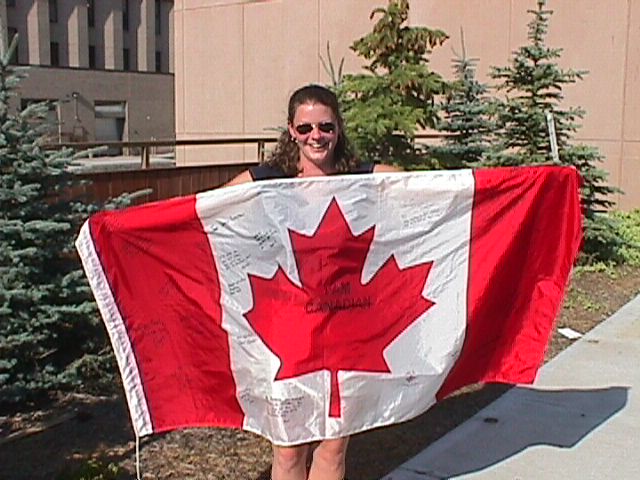My interest in undergraduate chemistry laboratory instruction stems from
several years as an undergraduate teaching assistant in chemistry, and more
recently as an instructor for the introductory organic chemistry course at
the University of Regina. Most of what I have learned about being a
laboratory TA has come through trial and error, and by listening to
students. None of my undergraduate or graduate training in chemistry helped
prepare me for teaching in the laboratory. In my positions as instructor at
the University of Regina and Wilfrid Laurier University I found myself as
counselor to many first time chemistry laboratory TA’s who felt unprepared
for the task they were being asked to take on.
A review of the teaching effectiveness literature reveals a great deal of
material in the area of lecture or small class instruction but relatively
little for laboratory instruction. Laboratory instruction is an important
aspect of science education that sets it apart from other academic areas.
Being a different type of instruction, it is reasonable that effective
laboratory instruction may be defined by characteristics that differ from
those that define lecture style instruction. The research questions I want
to answer are:
 |
nWhat qualities or characteristics do students and graduate
teaching assistants perceive to be important for effective chemistry
laboratory instruction?
|
 |
nHow do the qualities or characteristics perceived to be
important for effective chemistry laboratory instruction differ between
students and TAs? |
 |
nWhat types of TA actions or behaviors demonstrate these
qualities or characteristics?
|
 |
nHow do these actions or behaviors help students get more out of
their laboratory experience?
|
I have chosen to examine student and graduate teaching perceptions of
teaching effectiveness for this study because they are the people directly
involved with the laboratory instruction. This study itself consists of two
phases. The first phase involves a questionnaire with both Likert-type and
free response questions. The second phase of this study is more qualitative
in nature using a combination of observations, free response questionnaires,
and semi-structured interviews.


![]()
![]()